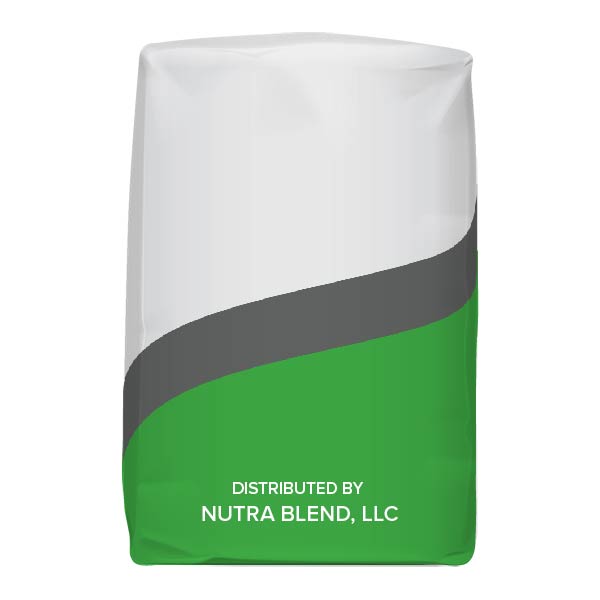Since proteins and lipids from fish are highly degradable, adequate processing has to be achieved in order to prevent protein breakdown into biogenic amines (especially histamines) or fatty acids breakdown into oxidized compounds. Bacterial development, although low, should be avoided given the low levels of moisture and the absence of carbohydrates. Cooking fish meal above 80°C normally destroys bacteria but the whole chain-process is susceptible to re-infection: high air-temperature must be reached in the dryers, external sources of contamination (rodents, birds, flies and insects) must be eliminated, and storage buildings must be dry (no condensation) and clean (FAO, 1986).
Fish meal is also susceptible to chemical contamination with harmful substances (chlorinated hydrocarbons: dieldrin, lindane, PCBs, dioxins) (Erne et al., 1979), due to the accumulation of those anthropogenic substances in the marine food chain and finally in the fatty tissues of fish used for the manufacture of fish meal. The levels of such contaminants (PCBs, dioxins) in fish meal depend on the fish source: fish meals from Central America have lower levels than those from the Northern hemisphere (New et al., 2002).
A toxic substance called gizzerosine is formed when fish meal is directly dried at 180°C (vs. 140°C) in order to improve fish meal productivity. Gizzerosine is detrimental to poultry as it causes gizzard erosion and black vomit (Hinrichsen et al., 1997). This problem can be avoided if steam is used to dry fish meal (Sugahara, 1995).
Ban in ruminant nutrition
Fish meal has been banned in the European Union since 2000 in ruminant nutrition but remains authorized for pigs, poultry and fish (European Commission, 2001). It was re-authorized in 2009 to make milk replacers for young ruminants (European Commission, 2009). Fish meal is banned in Australia under the Ruminant Feed Ban (AHA, 2014).


